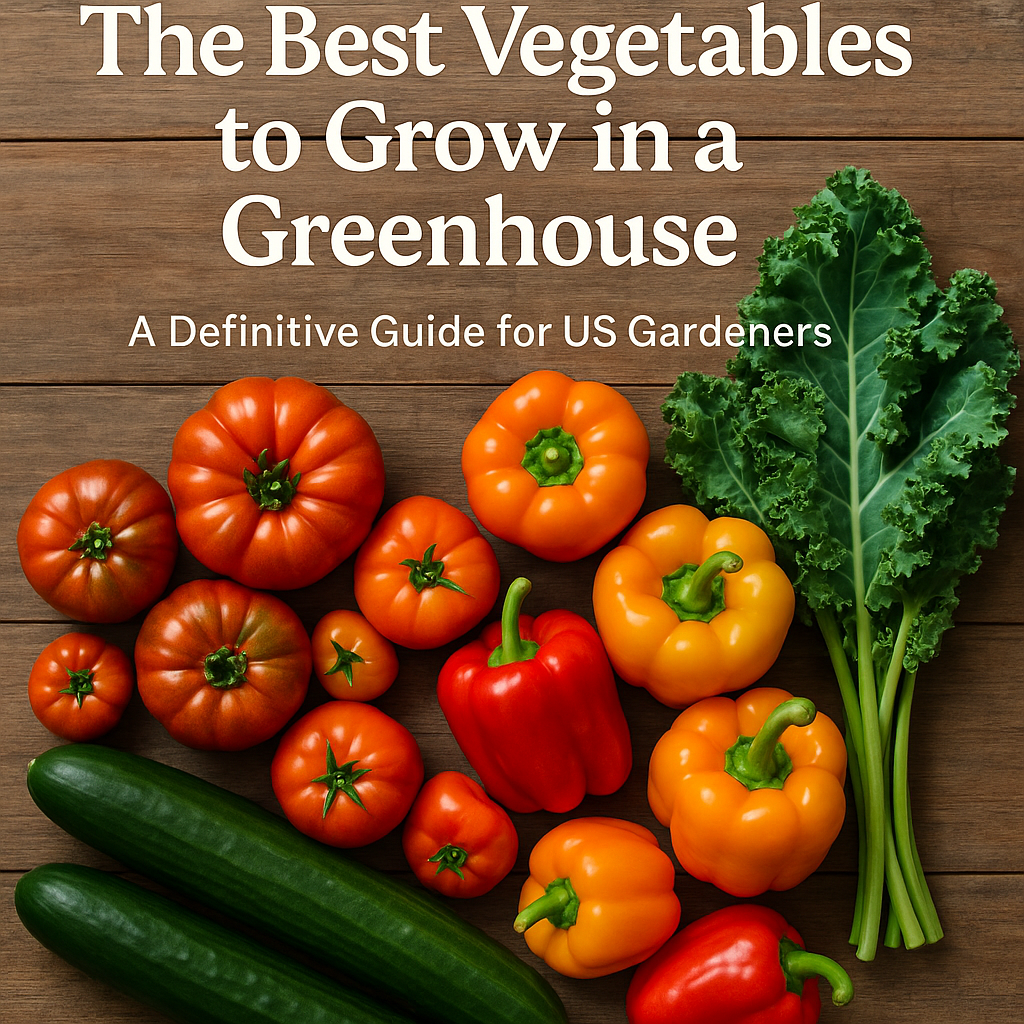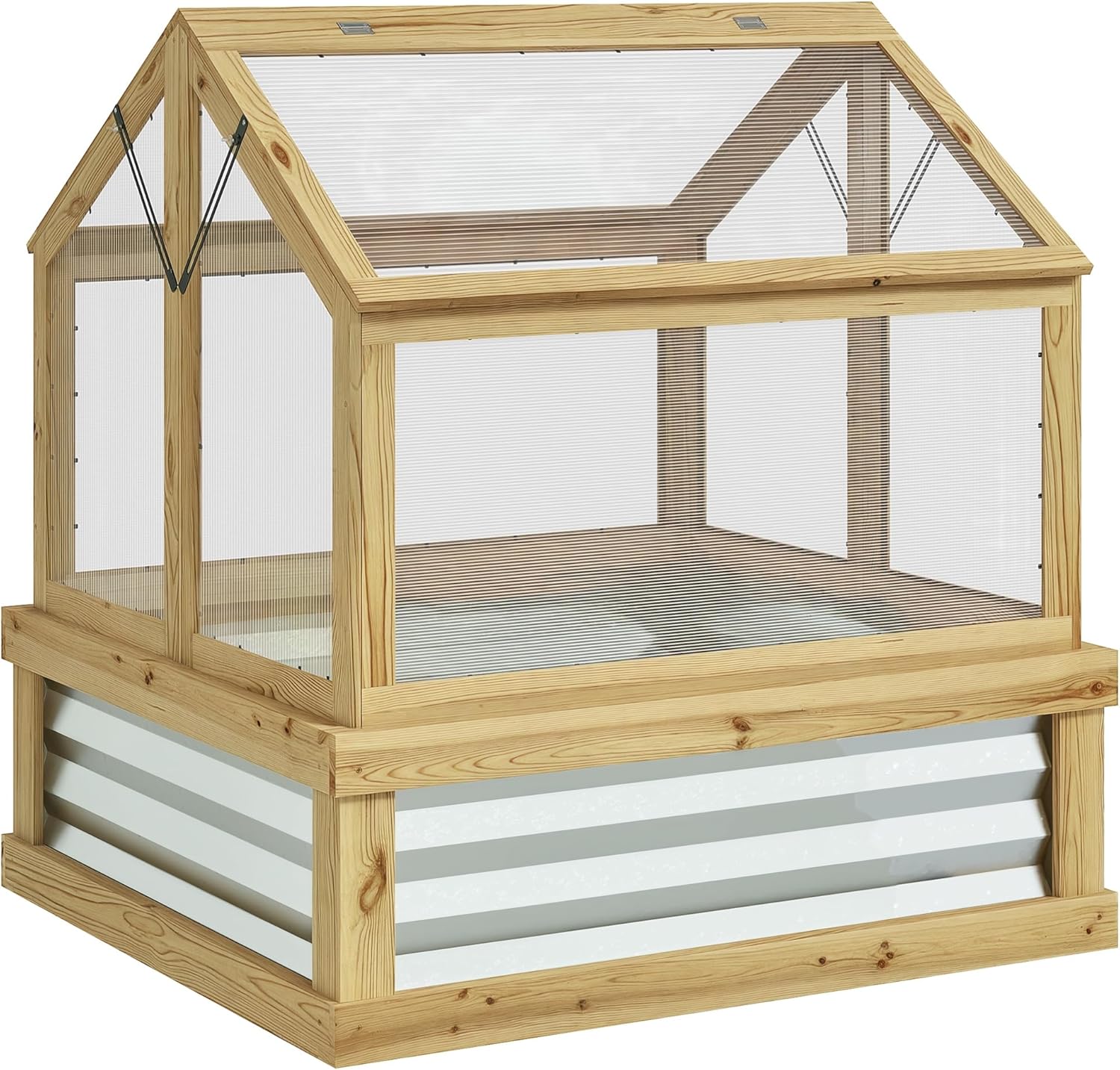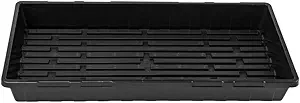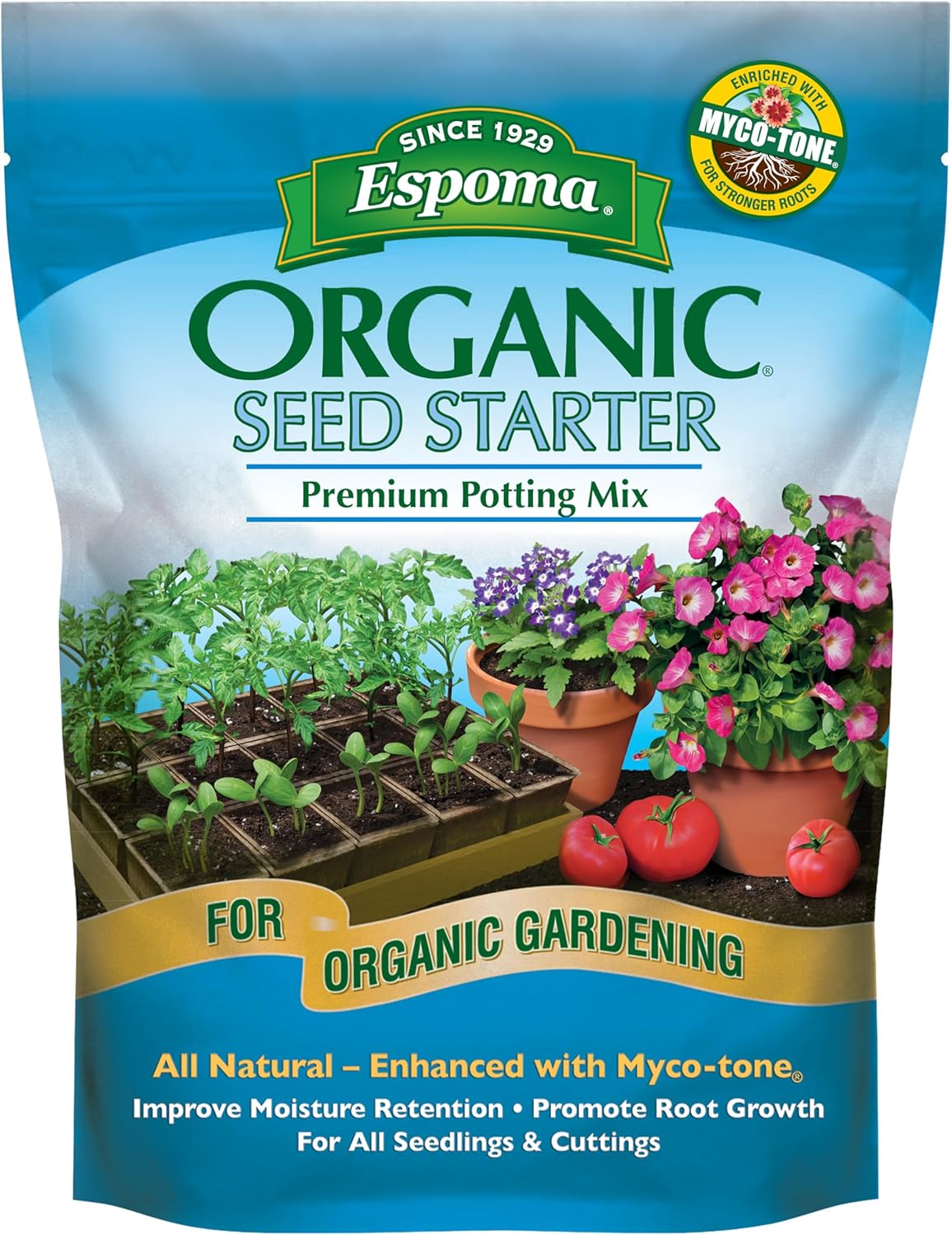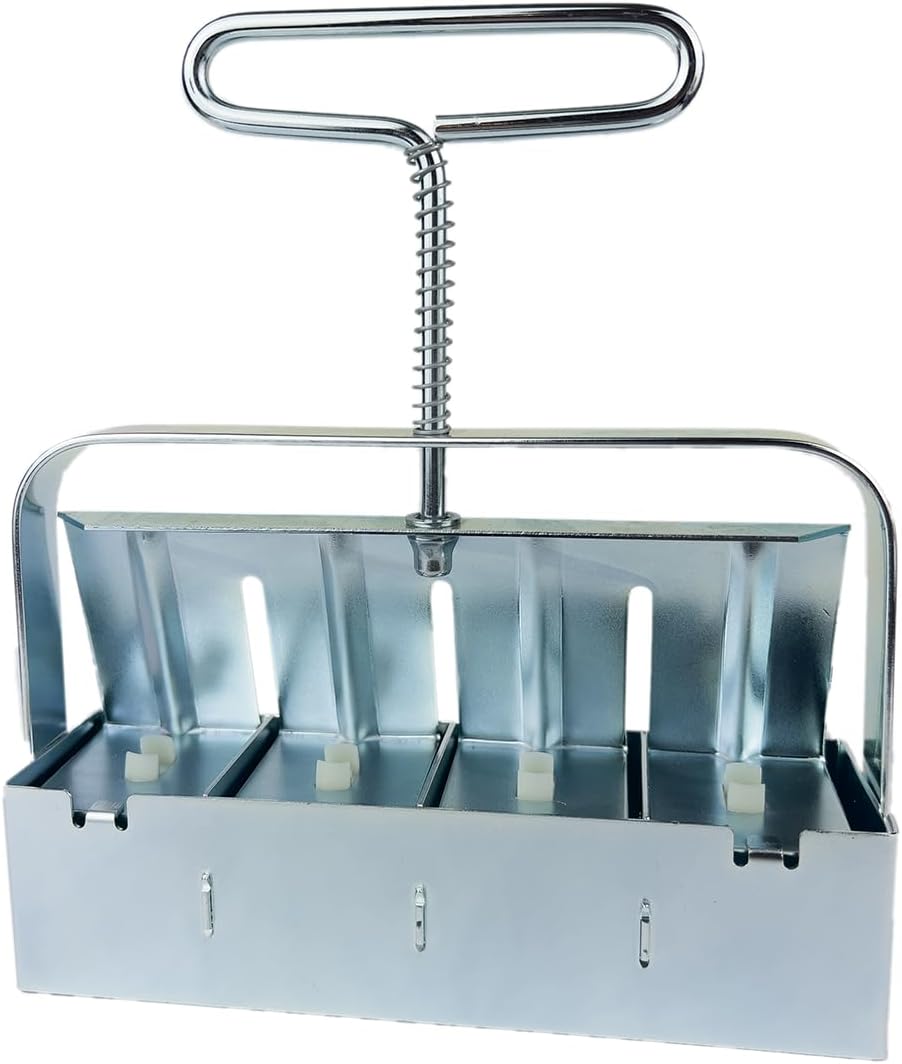The Best Vegetables to Grow in a Greenhouse: A Definitive Guide for US Gardeners
Stepping into your greenhouse is like acquiring a gardening superpower. You’ve left the unpredictable world of frost dates, pests, and punishing weather behind. Now you’re in command. You have the power to create a lush, productive paradise, extending your growing seasons and harvesting food when others can only dream of it. But with this great power comes the great question: What are the absolute best vegetables to grow to take full advantage of this amazing space?
You’re in the right place. This guide is your roadmap to a successful and bountiful greenhouse. We’ll move beyond generic lists and dive deep into which vegetables truly excel in a protected environment, why they work, which varieties to choose, and the pro-tips that guarantee a spectacular harvest. Let’s get growing.
Why You Can Trust This Guide
I’m not just a writer; I’m a year-round greenhouse gardener with dirt permanently under my fingernails. This advice comes from over a decade of hands-on experience—of trialing hundreds of seed varieties, of celebrating massive tomato harvests, and of learning from heartbreaking failures (yes, I’ve had them too!). I’ve managed everything from small hobby structures to large hoop houses in varied U.S. climates. This guide is the culmination of that experience, blending my practical knowledge with horticultural science to give you advice that is expert, tested, and genuinely trustworthy.
Part 1: The Guaranteed Wins – Easiest Vegetables for Greenhouse Beginners
If you’re new to greenhouse gardening, your first goal is to build confidence with some quick, reliable wins. These crops are relatively forgiving, grow fast, and will make you feel like a seasoned pro in no time. For a full rundown on starting your journey, be sure to read our essential greenhouse gardening tips for beginners.
Leafy Greens (Lettuce, Spinach, Kale)
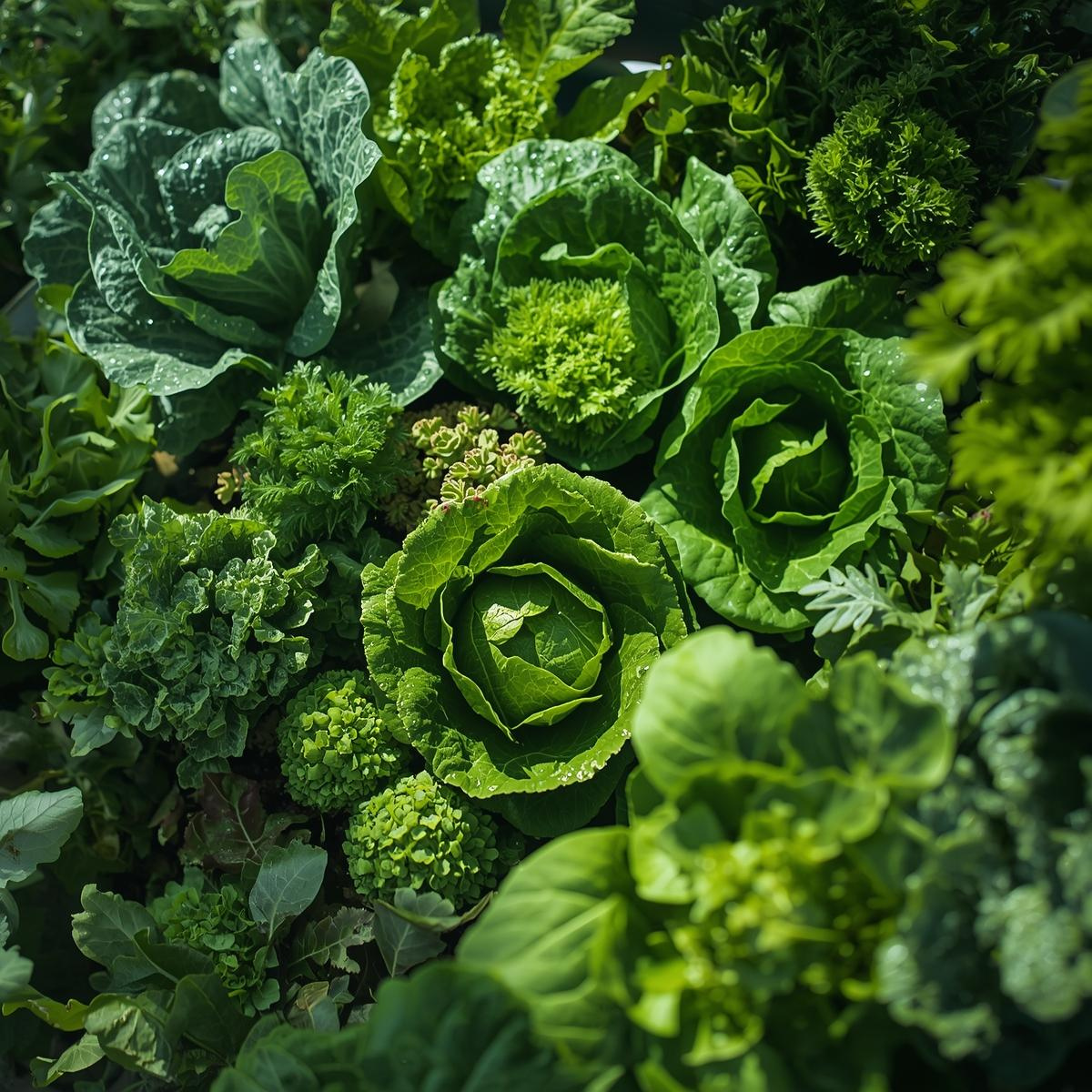
Why they’re great: Greens love the cool, stable conditions of a spring or fall greenhouse. They are protected from harsh sun, wind, and common pests like cabbage worms, resulting in tender, perfect leaves.
- Recommended Varieties: ‘Black Seed Simpson’ (Lettuce), ‘Bloomsdale Long Standing’ (Spinach), ‘Lacinato’ (Kale).
- Pro-Tip for Success: Practice “succession planting.” Sow a new small batch of seeds every two weeks. This guarantees a continuous, non-stop harvest instead of a glut of lettuce all at once.
Radishes
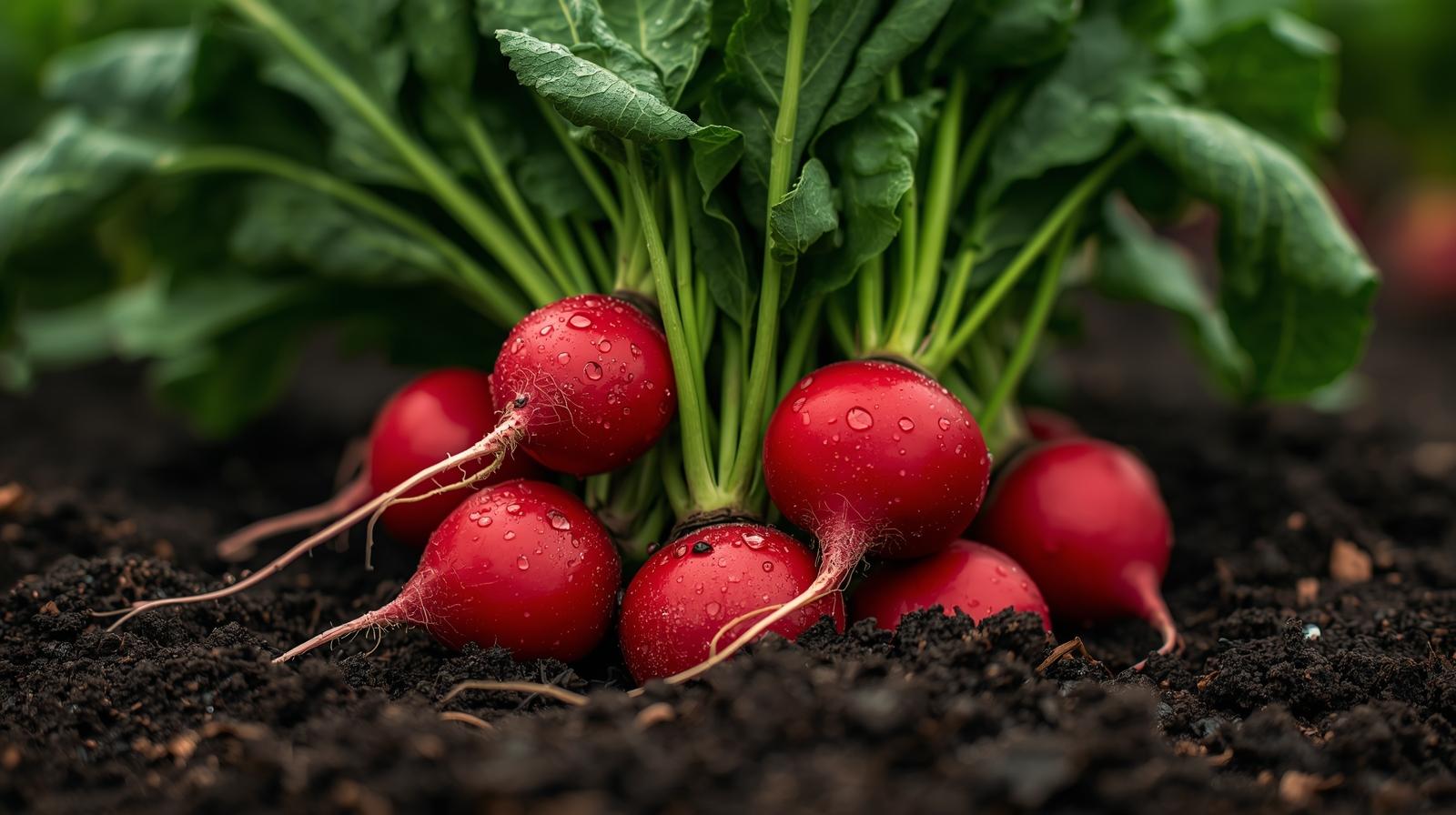
Why they’re great: Radishes offer near-instant gratification, often going from seed to harvest in under 30 days. The consistent moisture in a greenhouse prevents them from becoming woody or splitting.
- Recommended Varieties: ‘Cherry Belle’, ‘French Breakfast’.
- Pro-Tip for Success: Give them space! Thin your seedlings to at least two inches apart. Overcrowding is the number one reason radishes fail to form plump bulbs and produce only leaves.
Part 2: The Warm-Season Superstars – The Reason You Have a Greenhouse
These are the glamour crops. The heat-loving vegetables that struggle in many parts of the U.S. but transform into prolific superstars inside the warm, protective embrace of a greenhouse.
Tomatoes
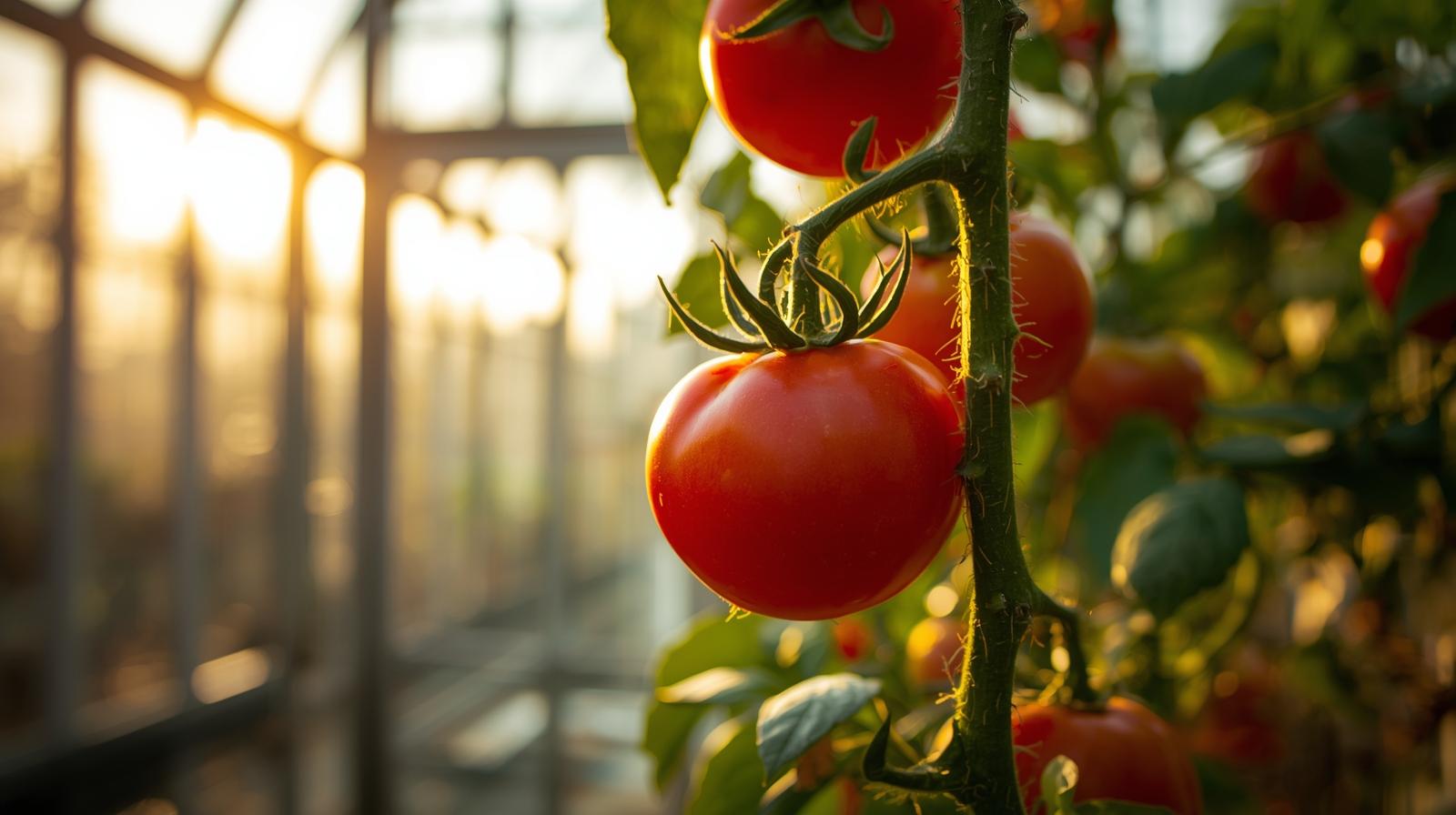
Why they’re great: The greenhouse is the ultimate tomato-growing machine. It provides the consistent warmth they crave and, most importantly, keeps the foliage dry, which is the single best defense against the dreaded early and late blight that plagues outdoor plants.
- Recommended Varieties: ‘Patio Choice’ (Compact/Determinate), ‘Sungold’ (Indeterminate Cherry), ‘Big Beef’ (Slicer).
- Pro-Tip for Success: Prune aggressively! Remove the “suckers” that form in the crook between the main stem and the branches. This channels the plant’s energy into producing fruit, not excess leaves, and dramatically improves airflow to prevent disease.
Cucumbers
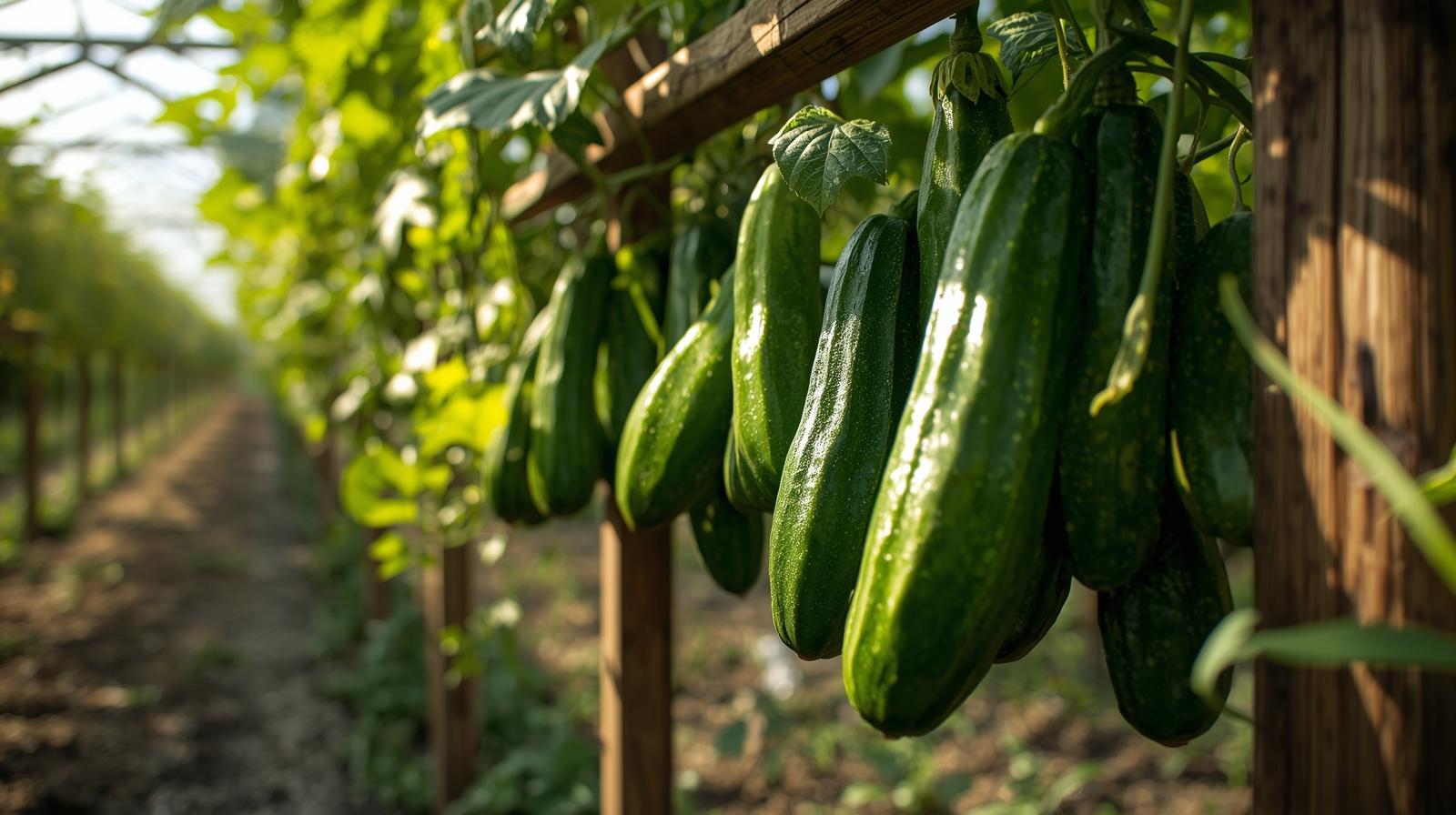
Why they’re great: Greenhouse-grown cucumbers are a revelation—crisp, sweet, and perfectly formed because they’re protected from wind and pests. Growing them vertically on a trellis saves an immense amount of space.
- Recommended Varieties: ‘Spacemaster 80’ (Compact Bush), ‘Marketmore 76’ (Slicing), ‘Boston Pickling’ (Pickling).
- Pro-Tip for Success: You are the bee! Most greenhouses lack pollinators. You must hand-pollinate your cucumbers. Use a small, soft paintbrush or a Q-tip to transfer pollen from a male flower (plain stem) to a female flower (has a tiny baby cucumber at its base). Do this daily for best results.
Essential Gear for Vining Vegetables

Boao Tomato & Cucumber Trellis Clips
These simple clips are much gentler and easier to use than ties or tape for supporting your vining plants on a trellis string. An absolute time-saver.
Check on Amazon
Vegibee Garden Pollinator
While a paintbrush works, this vibrating electric pollinator mimics the buzz of a bee, releasing far more pollen and dramatically increasing your fruit set on tomatoes, peppers, and eggplants.
Peppers (Sweet and Hot)
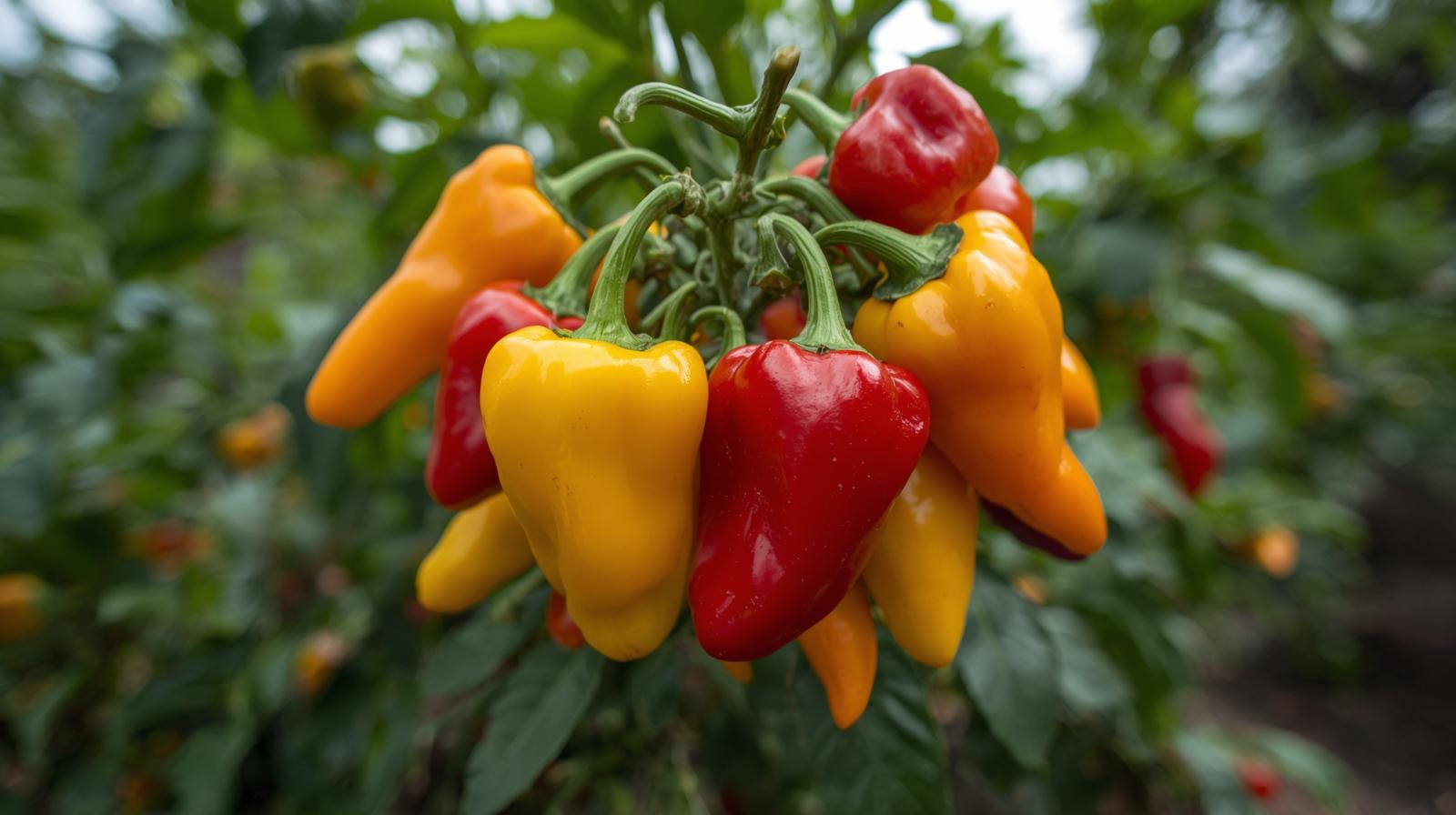
Why they’re great: Peppers are true heat-lovers. A greenhouse provides the long, hot growing season required for them to reach their full potential, resulting in higher yields and sweeter (or hotter!) fruit.
- Recommended Varieties: ‘California Wonder’ (Bell), ‘Jalapeño M’, ‘Sweet Banana’.
- Pro-Tip for Success: Overwinter them! Peppers are perennials in their native climates. At the end of the season, you can prune them back, keep them from freezing in the greenhouse, and they will explode with new growth in the spring, giving you a massive head start.
Part 3: For the Adventurous Gardener – Expanding Your Horizons
Once you’ve mastered the basics, you can start experimenting with crops that are tricky outdoors but thrive with the unique advantages a greenhouse provides. This is where the real fun begins!
Root Vegetables (Carrots & Beets)
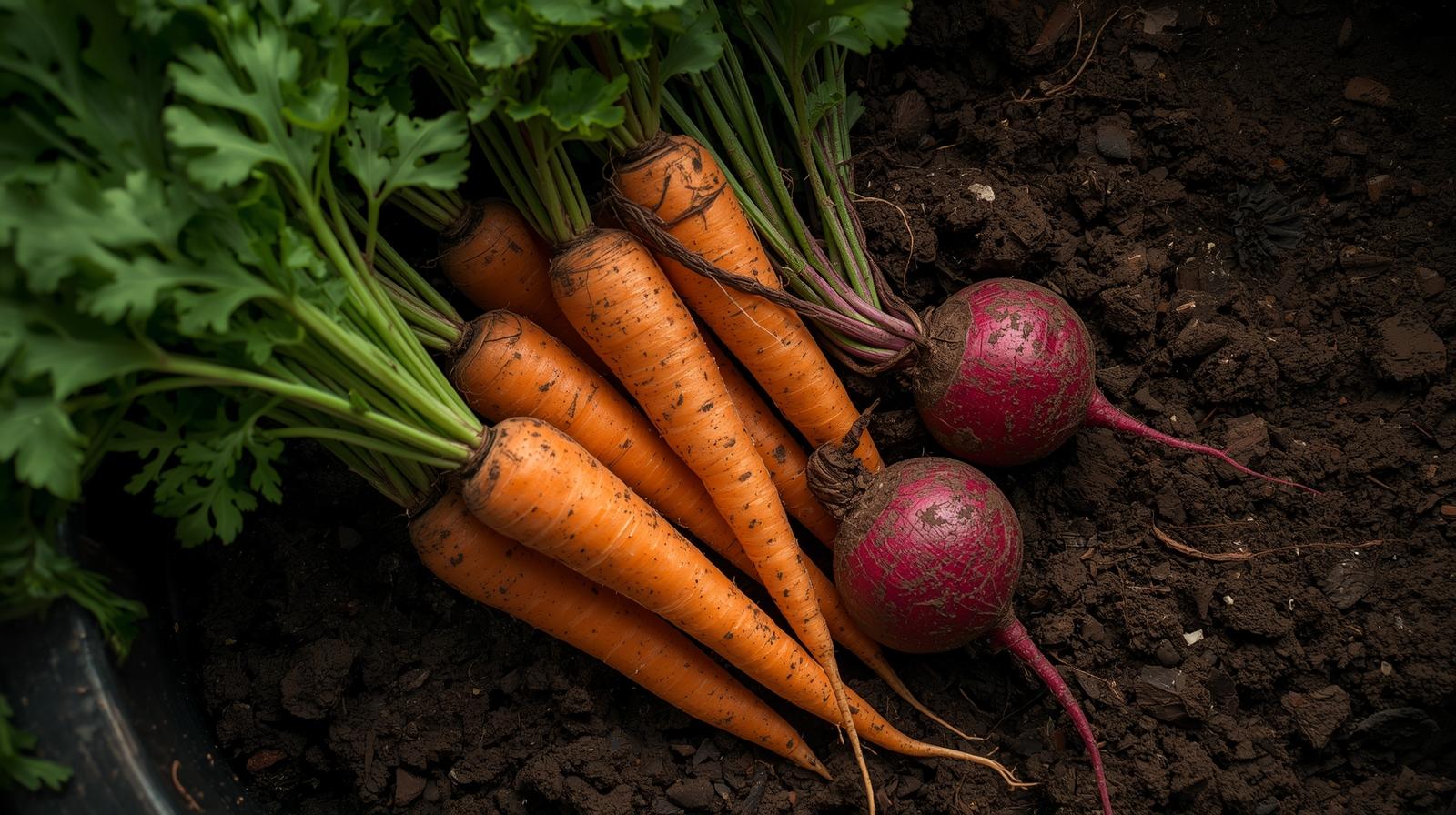
Why they’re great: Growing root vegetables in a greenhouse is less common, but highly rewarding. You get perfect, unblemished roots because you can control the soil conditions completely, avoiding the rocks, heavy clay, and pests of outdoor soil.
- Recommended Varieties: ‘Paris Market’ (Round Carrots), ‘Detroit Dark Red’ (Beets).
- Pro-Tip for Success: Grow them in deep containers or fabric grow bags, NOT in shallow beds. Root vegetables need loose, rock-free soil to grow straight and large. A 5-gallon bag or pot is a perfect environment for them.
Frequently Asked Questions
How do I pollinate plants in a greenhouse?
Since you lack wind and bees, you must intervene. For crops like tomatoes and peppers, a gentle shake of the plant or a tap on the flower trusses daily is enough to release pollen. For vine crops like cucumbers and melons, you’ll need to hand-pollinate by transferring pollen from male to female flowers with a small brush.
Do I need special “greenhouse varieties” of seeds?
While not strictly necessary, seeds labeled as “greenhouse” or “parthenocarpic” (which means they set fruit without pollination) can give you a significant advantage. They are bred specifically for performance in these unique conditions. However, many standard garden varieties will also do exceptionally well.
Can I use soil from my garden in my greenhouse pots?
No, this is a common beginner mistake. Garden soil is too heavy, compacts easily in pots, and can bring pests and diseases into your clean greenhouse environment. Always use a high-quality, sterile potting mix designed for containers. This provides the right balance of drainage, aeration, and nutrients.
What is “succession planting”?
It’s a technique to ensure a continuous harvest. Instead of planting all your lettuce seeds at once and having 30 heads ready at the same time, you plant a small row or a few pots every 2-3 weeks. As one batch is finishing, the next is ready to be harvested. It’s the key to a steady supply of fresh vegetables.
Your Greenhouse, Your Rules
The beauty of a greenhouse is its versatility. This guide provides a roadmap for success, but the ultimate joy comes from experimentation. Start with the “guaranteed wins” to build your skills and confidence. Master the warm-season superstars to enjoy the harvests you’ve always dreamed of. Then, don’t be afraid to try something new and adventurous.
You have the ultimate gardening tool at your disposal. Now you have the knowledge to fill it with healthy, productive, and delicious vegetables all year long. Happy harvesting!

